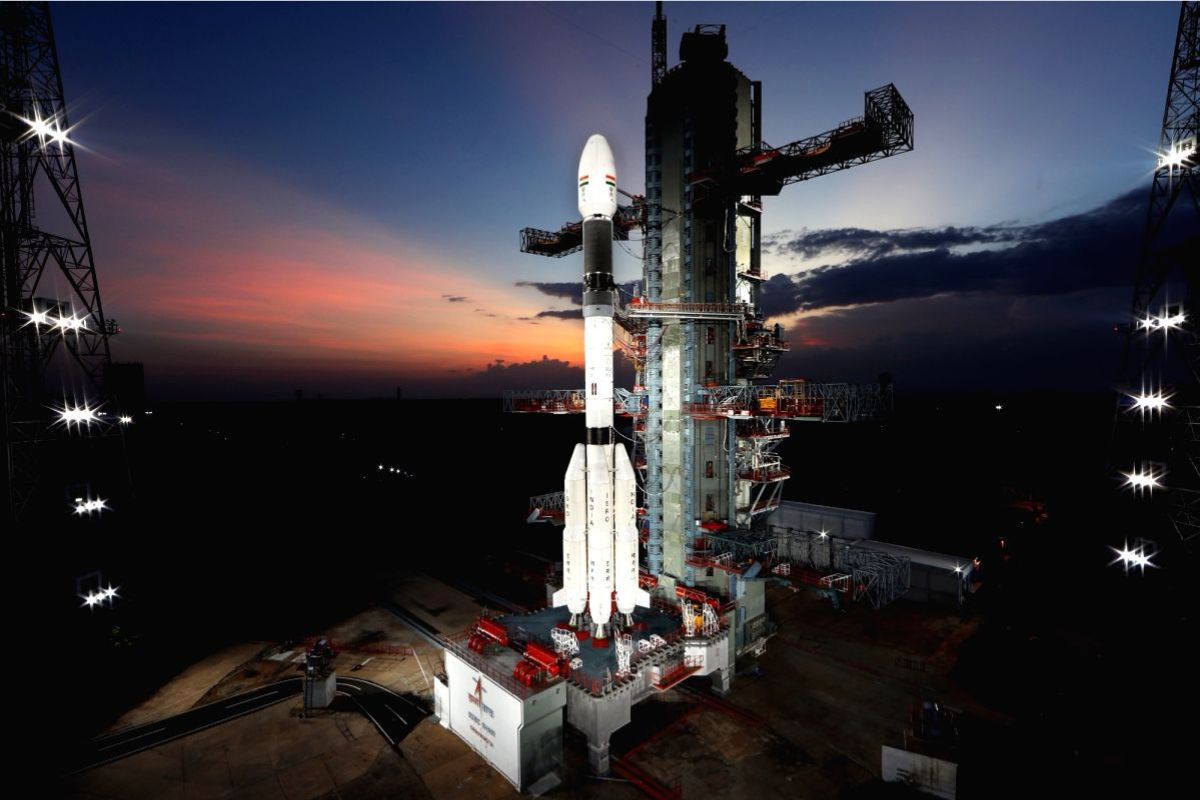India’s space agency, ISRO, has successfully launched and placed into orbit its third moon mission, named ‘Chandrayaan-3’. This mission not only aims to achieve new scientific objectives but also includes a re-attempt to land a rover on the dark side of the moon on either August 13th or 14th. India previously made a similar landing attempt four years ago, but unfortunately, the rover malfunctioned just before touchdown.
If India accomplishes its landing objective this time, as scientists are now confident, it will join the ranks of the United States, Russia, and China as the fourth nation to successfully land a craft on Earth’s natural satellite. Moreover, India will make history as the first country to achieve a lunar landing on the dark side of the moon.
India’s space agency, ISRO, has achieved another milestone with the successful launch and orbital placement of its third moon mission, known as ‘Chandrayaan-3’. This ambitious mission, apart from pursuing novel scientific objectives, includes a remarkable endeavor to land a rover on the unexplored dark side of the moon, scheduled for August 13th or 14th. It is noteworthy that India had previously encountered a setback during a similar landing attempt four years ago when the rover encountered a malfunction moments before touchdown.
The anticipated lifespan of the lander mission is set for one lunar day, equivalent to approximately 14 Earth days. To accomplish this groundbreaking feat, the satellite was launched aboard India’s powerful GSLV rocket, fondly dubbed the ‘Bahubali’ rocket due to its exceptional capability to effortlessly carry heavy satellites and space equipment.
Chandrayaan-3 comprises an indigenous Lander module (LM), a Propulsion module (PM), and a Rover, with the primary objective of developing and demonstrating new technologies essential for future interplanetary missions, as per ISRO’s official release.
The Lander possesses the crucial capability of performing a gentle landing at a designated lunar site, followed by the deployment of the Rover, which will conduct on-site chemical analysis of the lunar surface as it traverses the terrain. Equipped with an Alpha Particle X-ray Spectrometer (APXS) and a Laser-Induced Breakdown Spectroscope (LIBS), the rover will enable scientists to derive the elemental composition in the proximity of the landing site.
An intriguing aspect of this mission is that India’s rover will touch down at the exact location where water molecules were first discovered in 2008, a significant achievement credited to India’s maiden lunar mission, the Chandrayaan.



